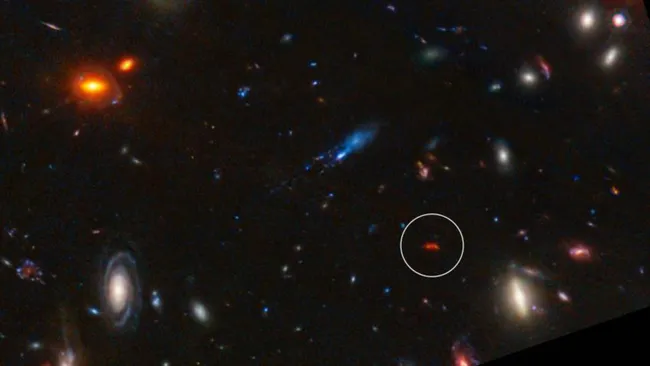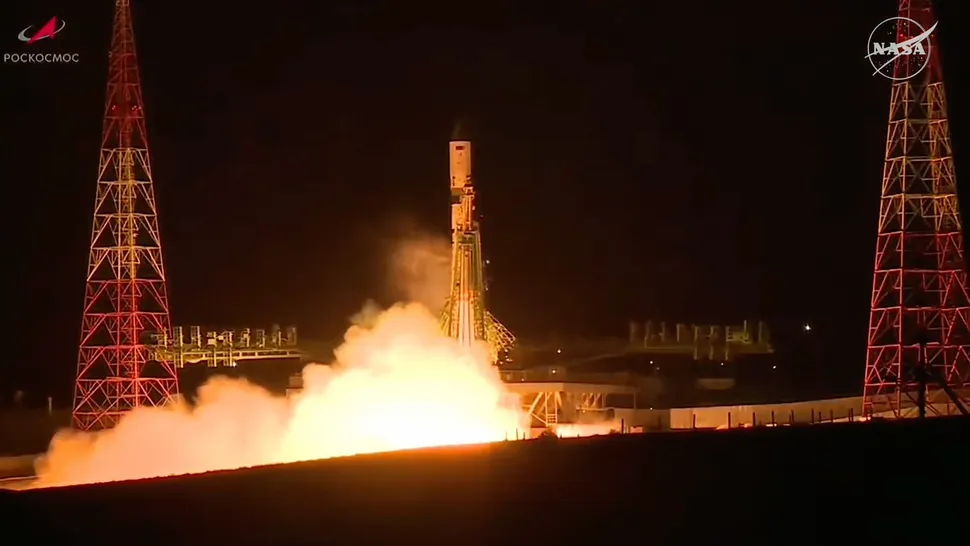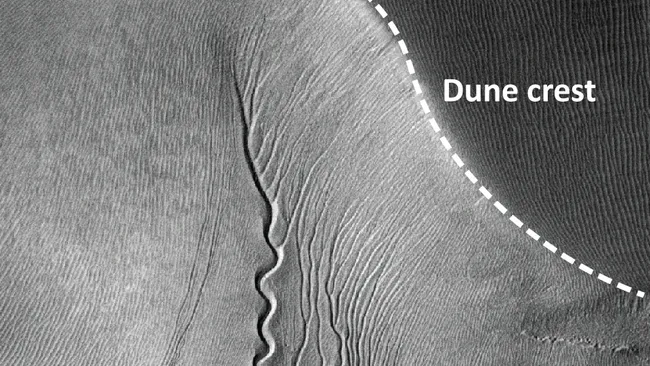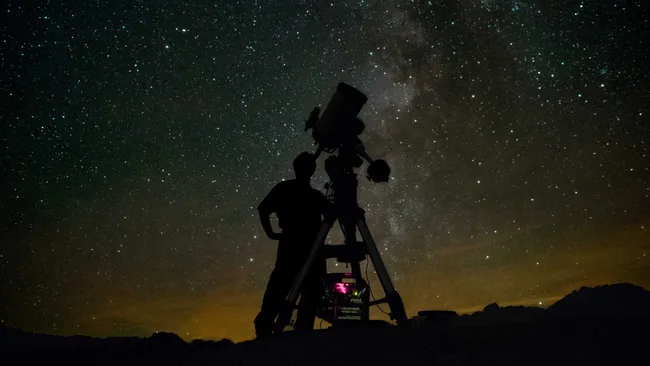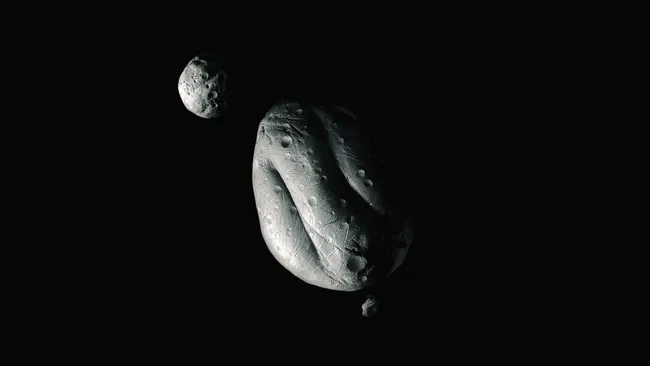reports a discovery that exposes a superheated star factory operating only 800 million years after the Big Bang. Astronomers identified a primordial galaxy called Y1 producing stars at a rate 180 times faster than the Milky Way. This extreme region of early-universe starbirth reveals how galaxies expanded rapidly during the cosmos’ formative era.
The team identified the true nature of primordial galaxy Y1 by measuring the temperature of its heated cosmic dust. Using the Atacama Large Millimeter/submillimeter Array (ALMA), researchers analyzed light from Y1 that traveled for 13 billion years before reaching Earth.
Scientists claim the findings reveal a previously hidden cosmic phase. Team leader Tom Bakx explained that the universe created stars far faster during that era. Y1 contains dust detected at the farthest distance ever observed, suggesting a superheated star factory unlike anything previously recorded. Precise temperature measurements were required to confirm the galaxy’s unusual behavior.
This work supports ongoing efforts to understand the formation conditions of the first stellar generation, known as Population III stars. Those conditions differ greatly from the environment that produced modern stars like the sun.
Stars form in enormous regions of dense gas and dust. Examples include the Orion Nebula and the Carina Nebula. These regions glow because young massive stars illuminate gas and dust across visible, infrared, and radio wavelengths.
At such wavelengths, Y1 appears bright due to clouds of glowing dust grains. The galaxy’s brightness immediately signaled that it was uncommon. ALMA’s sensitivity, combined with its Band 9 instrument, revealed that the dust in Y1 glows at around minus 180 degrees Celsius. Although cold compared to household dust, it is significantly warmer than dust in any comparable galaxy.
This temperature confirmed that Y1 operates as an extreme star-forming region. Researchers suggest many similar galaxies may have existed in the early universe, but they remain difficult to detect. Y1 forms stars at roughly 180 solar masses per year, although such intense activity likely lasted only a short period.
Scientists believe rapid starburst phases may have been common in young galaxies, yet remain hidden from current observations. The team plans to use ALMA’s high-resolution capabilities to examine Y1’s structure and behavior in greater detail.
Further study of Y1 may resolve a longstanding mystery. Early galaxies appear too young to contain their observed dust levels, since most dust forms around older stars. The high temperature of Y1 suggests that what appears to be abundant dust might actually be a small quantity of hot dust shining brightly.
Even with limited heavy elements or dust, Y1’s material remains hot and luminous. This characteristic explains the misleading brightness and resolves confusion regarding dust accumulation in young galaxies.
The research appeared in the Monthly Notices of the Royal Astronomical Society.

